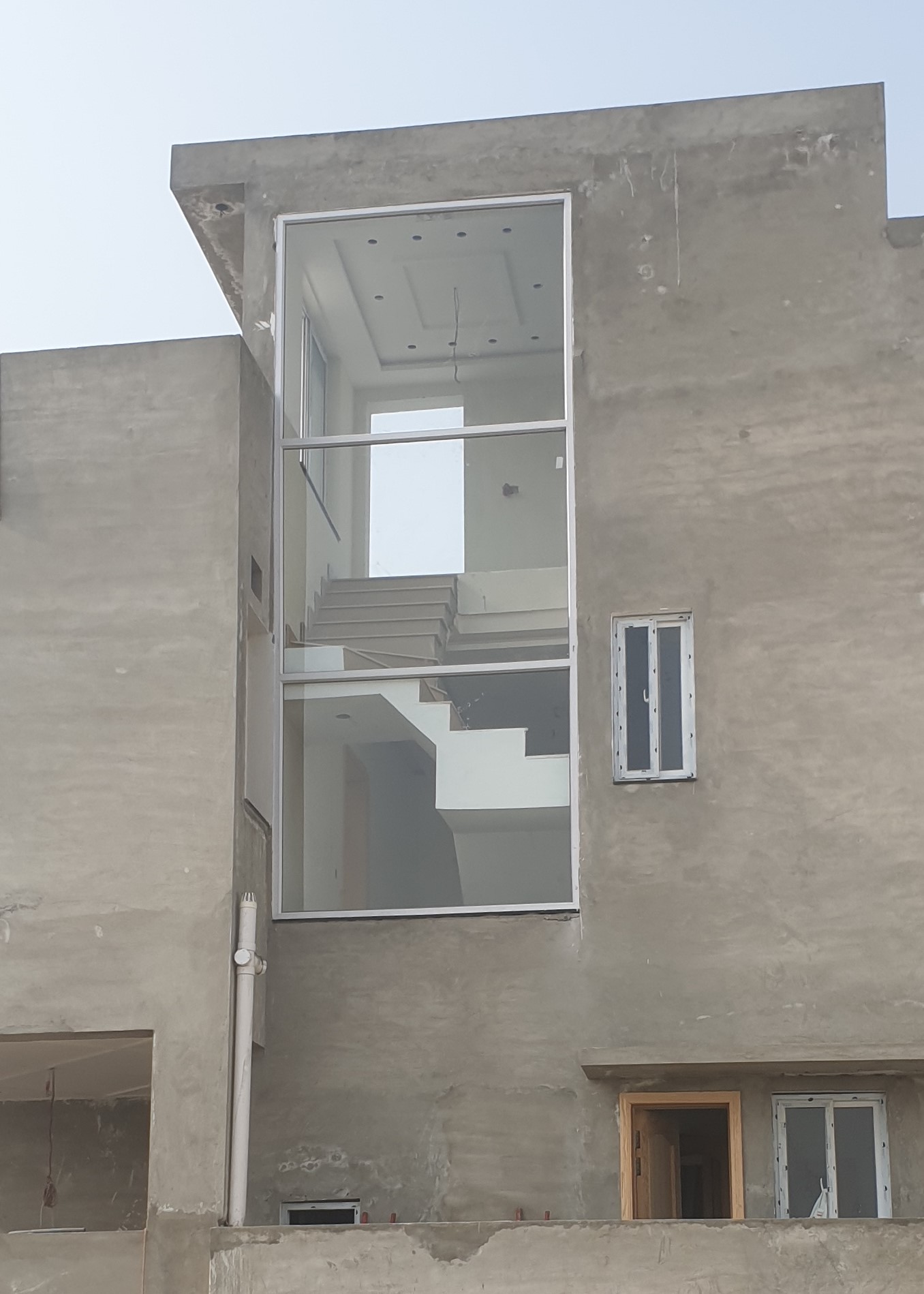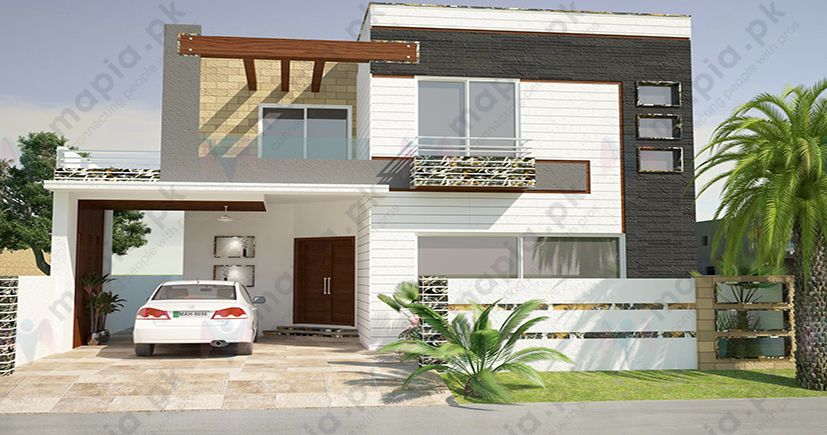Architectural and Engineering Glossary
C
A plastic block containing metal wiring terminals;used to establish electrical connections.
In steel construction,a combination of joints capable of transmitting forces between two or more members.
A foundation which supports a number of independent loads.
In Gothic architecture,the moldings of an arch when carried down to the floor without interruption or anything to mark the impost point.
Said of an electrical load in which the maximum current is expected to continue for at least 3 hours at a time.
A level basin on a sloping site to catch rainfall.
Premium Product & Services
Best products and services from our partners
A theater stage curtain which can be raised in separate folds by individual lines which are attached to its component sections,thereby controlling its shape or contour.
A chisel having two cutting edges which meet at right angles;used for cutting corners of mortises.
Same as miter clamp.
Same as shrinkage cracking.
A cabinet built to fit into the corner of a room,its face forming a 45angle with the adjacent walls.
In a timber structure,a corner post that provides for nailing on the exterior or interior;often comprised of two or more studs joined together.
See corner bead.
Any method of joining two timbers at a corner (for example,as in dovetailing) to form a rigid joint.
A lot of which at least two adjacent sides abut upon streets or public places,for their full length,which must not be less than a code specified distance.
An engaged pier or pillar,often with a capital and base,located at a corner of a building or colonnade.
A concrete masonry unit having a solid face at one end,as well as solid faces on the sides.
Same as mortise gauge.
A carving,casting,or embossed design which is sunk below the general surface area.
See subfloor.
A cantilever wall that is reinforced with counterforts or buttresses.
See cross furring.
A light or window directly opposite another.
A wall between the inner wall and outer wall of a fortification,either to provide additional defense or as an aid to the besieger.
The face of the ditch of a fortress sloping toward the defender.
The revetment of a counterscarp,usually made of stone or brick,but occasionally of timber.
A boring bit having a conical shaped cutter;used to make a depression to receive the head of a screw or bolt so that it does not protrude above the surface.
A rivet used in counter sunk holes in which the point,while hot,is hammered down to fill the countersinking.
An inverted arch.
A movable frame in which are stacked the modular counterweights of a counterweight system.
A building once used primarily for accounting and bookkeeping.
A rural residence of some importance.
Two closely spaced pilasters forming a pair.
A metal hardware device used to join frames and braces of tubular metal scaffolding.
A low underfloor horizontal passageway,usually less than 31⁄4 ft (1 m) high.Also see crawl space.
A building for the incineration of the human dead.
See cremone bolt.
One of a series of rounded projections or teeth forming an edge.
An open space between the merlons of a battlement.
1.A small crenel,whether in an actual battlement or in a decorative design imitating one.2.A small arrow loop.
See battlement.
An oily liquid obtained by distilling coaltar;used to impregnate wood (as a preservative)and to waterproof materials.Also called dead oil and pitch oil.
A raised base on which other things are built or supported,as an ancient Roman temple or altar.
In structures,that section or position where failure is most likely to occur.
The maximum angle with the horizontal at which a sloped bank of soil of given height will stand unsupported.
The angular speed of rotating machinery at which excessive vibration is produced; at this speed the periodic disturbing force coincides with a mechanical resonance of the shaft and/or of the machinery or its supports.
1.The temperature at which a steel structure cannot carry the service load for which it was designed because of softening of the steel that occurs when it is heated significantly2.Same as selfignition temperature.
Of a liquid flowing in a pipe,the velocity at which the flow changes from laminar flow to turbulent flow.
That void ratio which corresponds to the critical density.
Abbr.for cold rolled mild steel.













